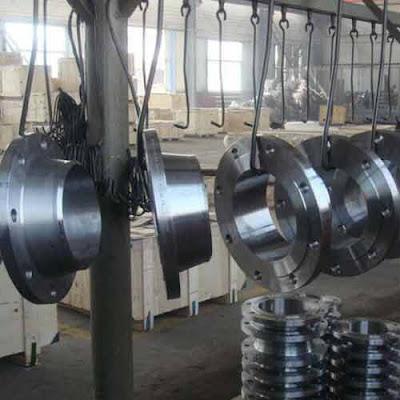Top 6 Common Flange Types

The most used flange types according to ASME B16.5 are: Welding Neck flange, Slip On flange, Socket Weld flange, Lap Joint flange, Threaded flange and Blind flange. Slip-on Flanges - are all bored slightly larger than the O.D. of the pipe. Weld Neck Flanges - is normally referred to as the high hub flange. Blind Flanges - available to seal both pipes and vessels Lap Joint Flanges - available in a range of sizes to pair with stub end fittings for easy dismantling Threaded Flanges - engineered to fit pipes with external threads for weld-free fits Socket-weld Flanges - designed with a socket fit and top weld for ideal inner flow in pipe systems Custom pipe flanges can be manufactured from a wide variety of materials and material grades. Carbon Steel flanges - the main material is carbon steel flange or end flange connectors. Stainless Steel flanges - F304 F304L F316 F316L 316Ti, Copper etc. Alloy Steel flanges- accord to AS...


